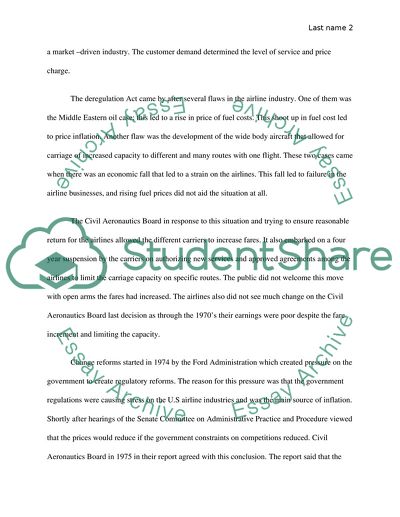Cite this document
(Deregulation Act of 1978 Essay Example | Topics and Well Written Essays - 1646 words, n.d.)
Deregulation Act of 1978 Essay Example | Topics and Well Written Essays - 1646 words. Retrieved from https://studentshare.org/law/1616383-deregulation-act-of-1978
Deregulation Act of 1978 Essay Example | Topics and Well Written Essays - 1646 words. Retrieved from https://studentshare.org/law/1616383-deregulation-act-of-1978
(Deregulation Act of 1978 Essay Example | Topics and Well Written Essays - 1646 Words)
Deregulation Act of 1978 Essay Example | Topics and Well Written Essays - 1646 Words. https://studentshare.org/law/1616383-deregulation-act-of-1978.
Deregulation Act of 1978 Essay Example | Topics and Well Written Essays - 1646 Words. https://studentshare.org/law/1616383-deregulation-act-of-1978.
“Deregulation Act of 1978 Essay Example | Topics and Well Written Essays - 1646 Words”, n.d. https://studentshare.org/law/1616383-deregulation-act-of-1978.


